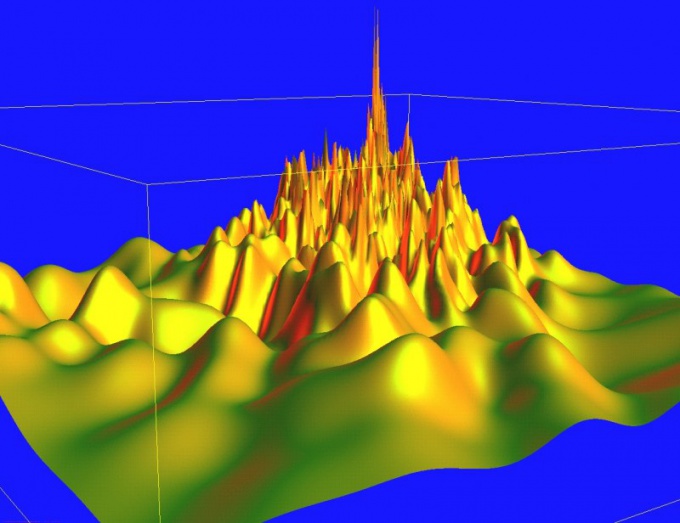Instruction
1
The first method This method is the easiest, but its understanding requires knowledge of the concept of the scalar field. However, inexperienced in this matter, the reader will be able to use the resulting formulas of this issue.
2
It is known that the scalar field f is defined as f=f(x, y, z) and any surface is the level surface f(x, y, z)=C (C=const). In addition, the normal surface level coincides with the gradient of the scalar field at a given point.
3
The gradient of the scalar field (function of three variables) is called a vector g=gradf=iдf/DH+jдf/DN+kдf/дz={дf/HH, дf/du, дf/дz}. Since the length of the normals is irrelevant, it remains only to record the answer. Normal to поверхностиf(x, y, z)-C=0 in точкеМ0(x0, y0, z0) n=gradf=iдf/DH+jдf/DN+kдf/дz={дf/HH, дf/du, дf/дz}.
4
The second method Let surface given by the equation F(x, y, z)=0. To be able to continue to draw analogies with the first method, note that the derivative of a constant is zero and F is given as f(x, y, z)-C=0 (C=const). If you hold a section of this surface by an arbitrary plane, the resulting spatial curve can be considered as the locus of any vector function r(t)= ix(t)x+jy(t)+kz(t). Then the derivative vector r’(t)= ix’(t)+jy’(t)+kz’(t) is tangential at a point M0(x0, y0, z0) of the surface (see Fig.1).
5
In order to avoid confusion, the current coordinates of the tangent line should be marked, e.g. in italics (x, y, z). The canonical equation of the tangent line, given that r’(t0) is the direction vector, is written as (x-x(t0))/(dx(t0)/dt)= (y-y(t0))/(dy(t0)/dt)= (z-z(t0))/(dz(t0)/dt).
6
Substituting the coordinates of the vector-function in the equation of the surface f(x, y, z)-C=0 and differentiated with respect to t you will receive (дf/DH)(DH/дt)+(дf/du) (du/дt)+(дf/дz)(дz/дt)=0. The equality is a scalar product of some vector n(дf/HH, дf/du, дf/дz) and r’(x’(t), y’(t), z’(t)). Since it is zero, then n(дf/HH, дf/du, дf/дz) is the desired vector normals. It is obvious that the results of both methods are identical.
7
Example (has a theoretical value). To find a vector normal to the surface given by the classical equation of two variables function z=z(x, y). Solution. Rewrite this equation in the form z-z(x, y)=F(x, y, z)=0. Following any of the suggested methods, it turns out that n(-дz/DX, -дz/dy, 1) is the sought vector of the normal.
